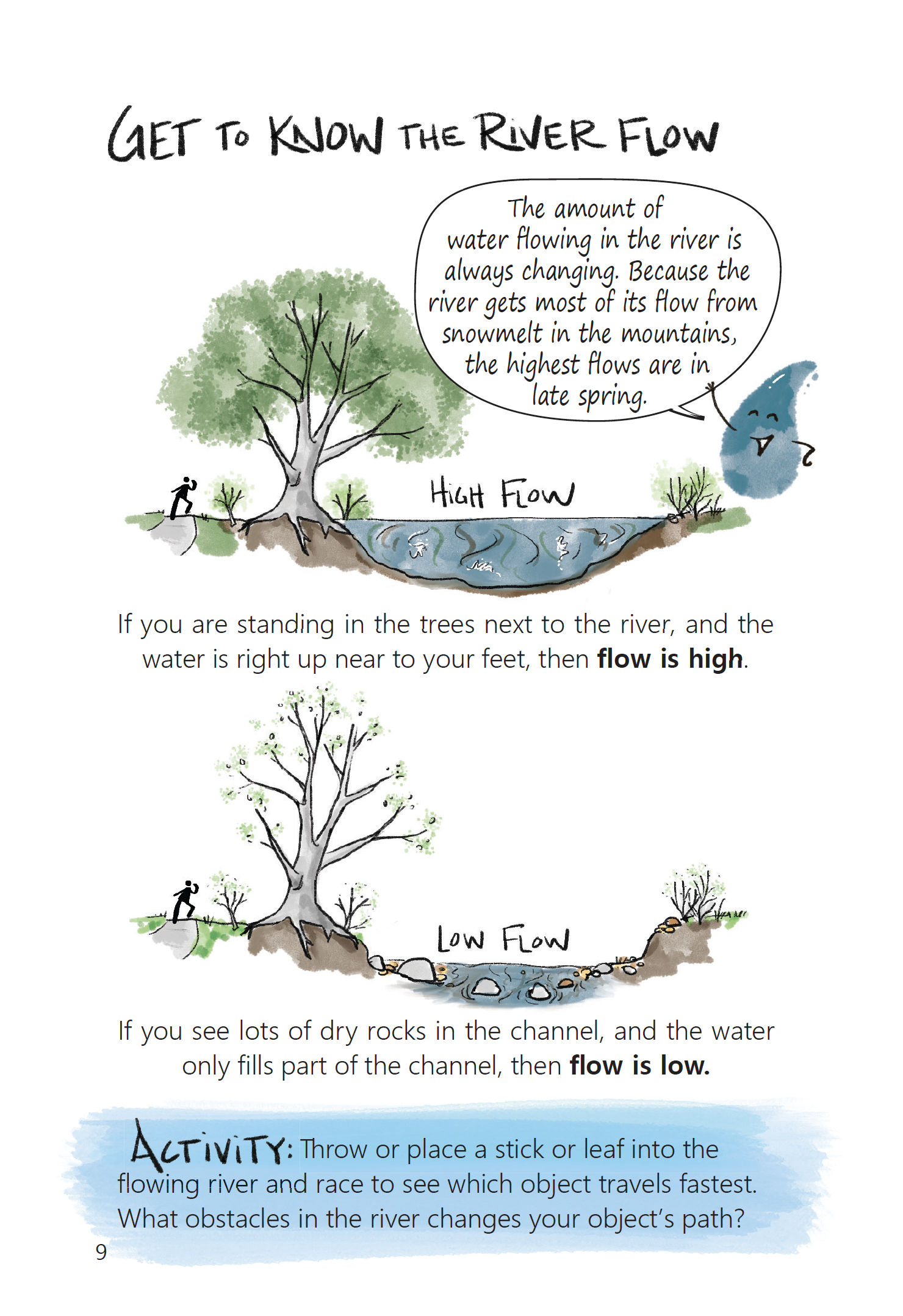Why do we create? Why do we meet? What drives much of our action as humans? Expressing our ideas and connecting with others in different ways is core to who we are.
Stating the obvious here, this connection has been shaken up the past two years, and as we begin navigating in-person and hybrid situations professionally or personally, we’re rediscovering how to be with each other in meaningful ways.
“Whether your team is in-person, remote, or hybrid, one thing is true in any form: Connection doesn't happen on its own. You need to design for it.” – Priya Parker
As a graphic facilitator, I get to co-design for connection with clients. How do we do this, even…especially in the virtual environment? A few of the seeds we can cultivate toward connection include:
Building in time for participants to share experiences outside of the work goals of the meeting
Creating opportunities for small and large group conversations
Thoughtful questions that support vulnerability
Creating visuals that highlight connections, shared ideas and values, or intentional visual metaphors deepen the opportunities to connect
If you’re curious to read more, here’s a post on why human connection is so important.
Once again, thank you from my heart and soul for your support, great senses of humor, brilliant minds, collaboration and what you're each doing to make the world a better place.
Cheers,
Where in the Virtual World is ConverSketch?
Invasive Species Video: Watch the fresh digitally hand-illustrated video here to learn about the difference between native, non-native, invasive species, and pests from the National Park Service!
In the Studio: I’m working on several projects from graphic facilitation design to more videos to a guide for children to explore our local river. Here’s a snapshot of what River Investigators might observe about their watershed! This booklet will be available this spring for visitors along the Cache La Poudre River.





